Did you know that the first attempt at selective control of weeds took place in 1800s France? Since then, people have been perfecting the way to rid their gardens and fields of weeds and invasive vegetation with herbicides.
If you have noticed an uptick in weeds and other unwanted vegetation in your garden, it is crucial to tackle the problem head-on. But which herbicides work best for the kind of weeds you are struggling with?
Learn about two main options you have, selective and non-selective herbicides, to make sure you choose correctly.
How Herbicides Work
Different herbicides work in different ways, which is why you need to know a bit about their function before you decide on the right one. Generally, the chemicals are sprayed before the emergence of the weed or right after you see the first signs of it.
The herbicide seeps into the roots of the plant, with the fast-acting options killing them almost immediately. There are also chemicals that work systematically, which means they build up in the plant and invade all of its functions before killing it.
Depending on how quickly you want the weed removed, you want to consider the way the herbicide targets it. Remember that a quick-acting option will usually not last for a long time.
Two Main Types of Herbicides
There are two broad types of weed control: selective and non-selective herbicides.
Selective herbicides are used to remove one specific type of plant without harming the others, which is an effective way of managing weeds in crops or fields. Non-selective herbicides, on the other hand, kill all of the plants they come into contact with. Let’s take a closer look at these options.
Selective Herbicides
The chemicals in selective herbicides are created for targeted elimination of a particular species, allowing the toxins to build up in the enzymes and killing it. Selectivity can be created in different manners:
Placement Selectivity
By keeping the herbicide separate from other plants or crops, you can target the weeds. An efficient way of doing this is to spray the chemicals right after planting crops but before the weeds emerge.
Real Selectivity
This is when you can apply the herbicide directly onto the crops or field without worrying about harming other plants. Real selectivity can happen in three different ways:
- Physiologically, meaning the way the plant absorbs the chemicals, with the plants you want removed doing this much more rapidly than those you do not
- In a morphological manner, referring to characteristics the weeds may have, like leaf types, including broad-leaf, hairiness, and more
- Metabolically, when the plants you want to keep unharmed can metabolize the chemicals without damage while the weeds cannot
With selective herbicides it is essential to inform yourself and read the instructions carefully to avoid damaging the very plants you want to keep. Keep in mind that the effectiveness of the herbicide can depend on when you applied it and on how much of it you applied.
Non-Selective Herbicides
These types of herbicides are used to eliminate all plants they come into contact with. They are typically absorbed through green tissue, making them a good choice for removing weeds from around trees. Non-selective herbicides can work in two different modes:
Contact
Herbicides that work by contact are the fastest. They typically kill the weeds in a matter of hours, with some managing to do this in as little as half an hour on a sunny day. Contact herbicides work best against annual plants, especially seedlings.
If you want to remove perennial plants, keep in mind that contact herbicides can only provide top kill.
Systemic
The other kind of non-selective herbicide works in a systemic way. The chemicals enter through a point in the plant, usually the roots, and spread throughout. This option only works on plants that you can already see, so it is not preventative.
You do not have to worry about chemicals remaining in the soil with systemic herbicides because they disappear once the plant has died.
Putting them to Work
You want to be certain you know how to apply each of these options to ensure you get the best results.
With herbicides that are selective and meant to prevent the weeds from growing, you can use them before any signs of the unwanted vegetation appears. It can be beneficial to do this in late winter and early spring.
If you already see signs of the weeds, you can use what is called a postemergence selective herbicide. The leaves absorb it and the chemicals spread from there. Use this in the spring, when the plant is still young and fragile.
For non-selective herbicides, careful application is key if there are other plants around that you want to preserve. To clear a field for planting, you can spray it as needed but for spot treatments, like around sidewalks, use care.
Keep in mind that herbicides, especially non-selective ones, contain toxins that can be harmful to humans and pets. Avoid getting it on your skin and clothes.
When in doubt, call professionals for help.
How to Choose
If you want something that works quickly and that will help you clear a field or your garden before planting what you want, choose a non-selective herbicide. Remember that this is not a long-acting kind of herbicide, so it is likely you will have to use it again the following year to remove weeds.
If you want to be able to remove weeds and other invasive vegetation without damaging crops or the plants you would like to keep, use a selective herbicide.
Get the Results You Want
By knowing the differences between selective and non-selective herbicides, you will be able to choose the one that best fits your needs.
Why not get rid of those pesky weeds once and for all?
Call us right now for an inspection!

